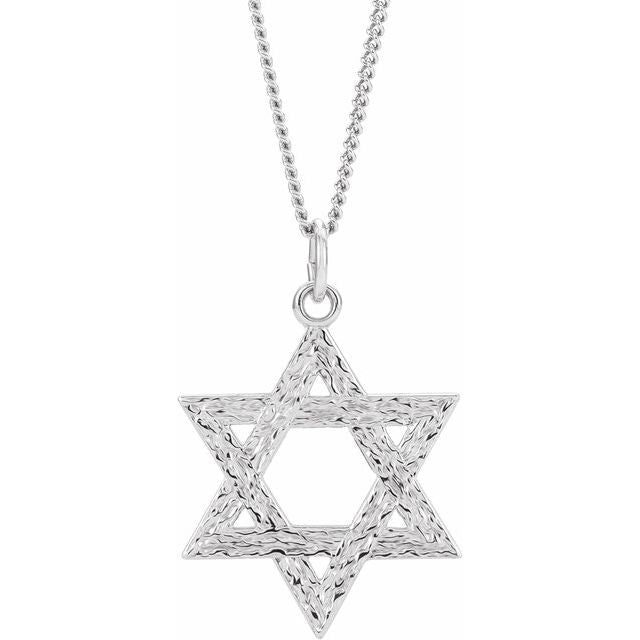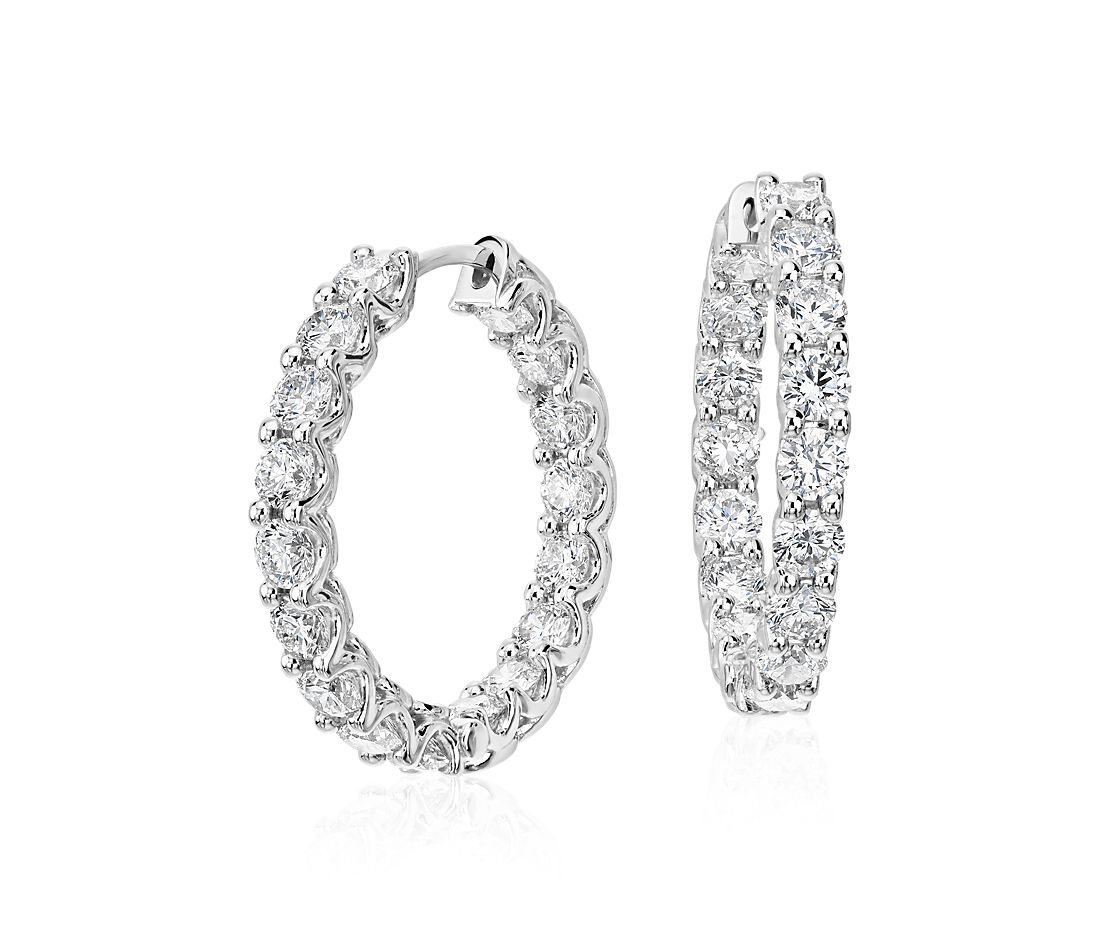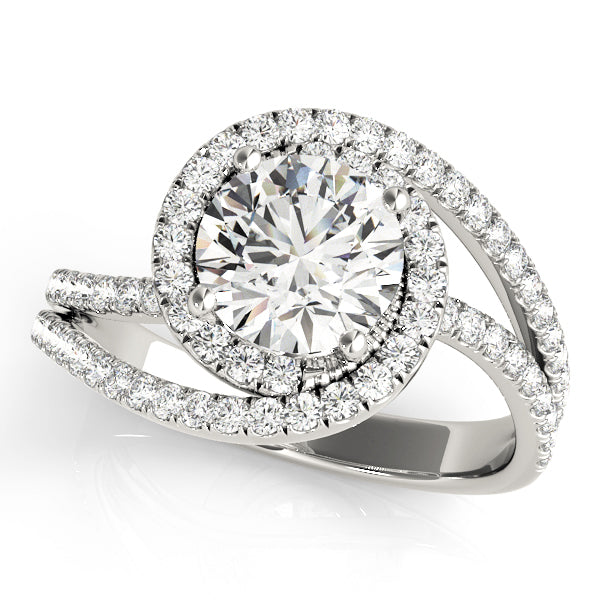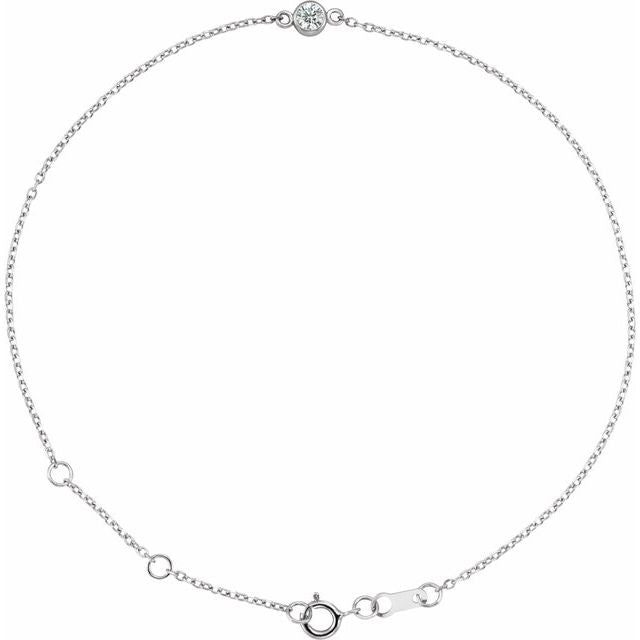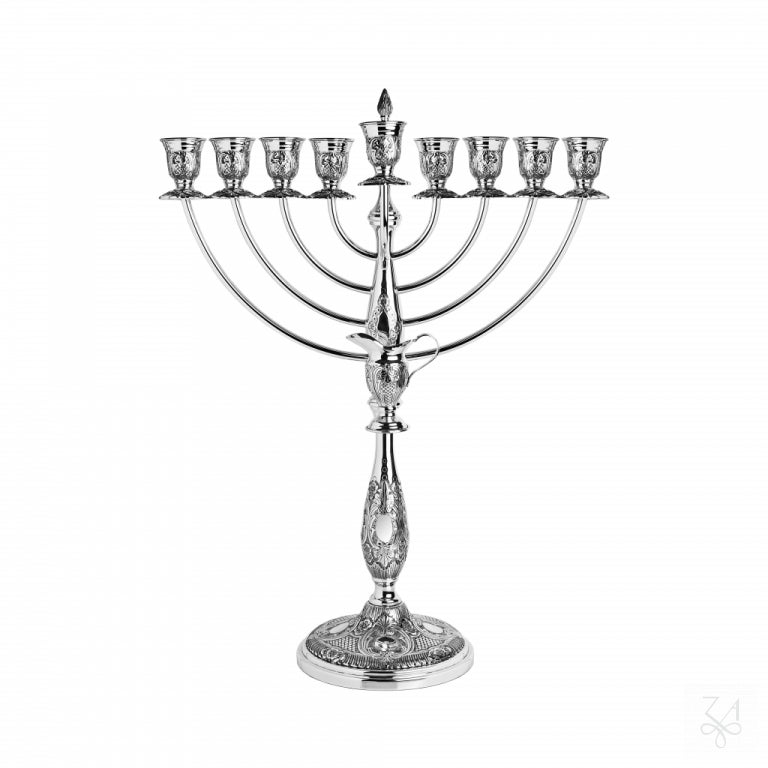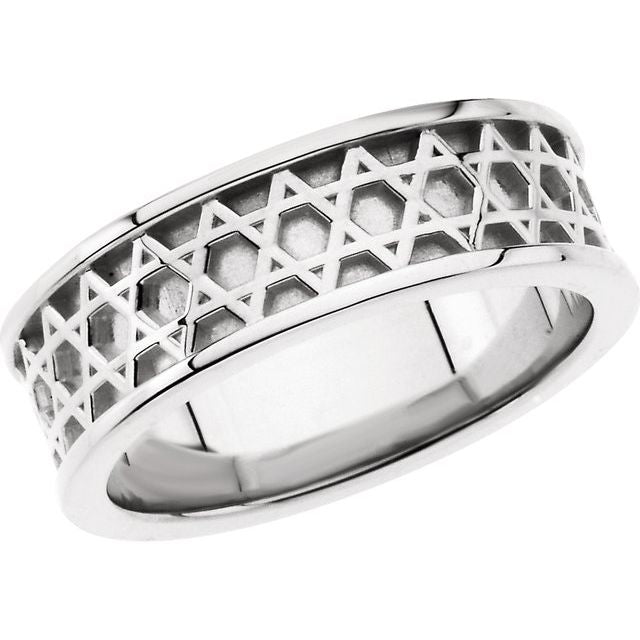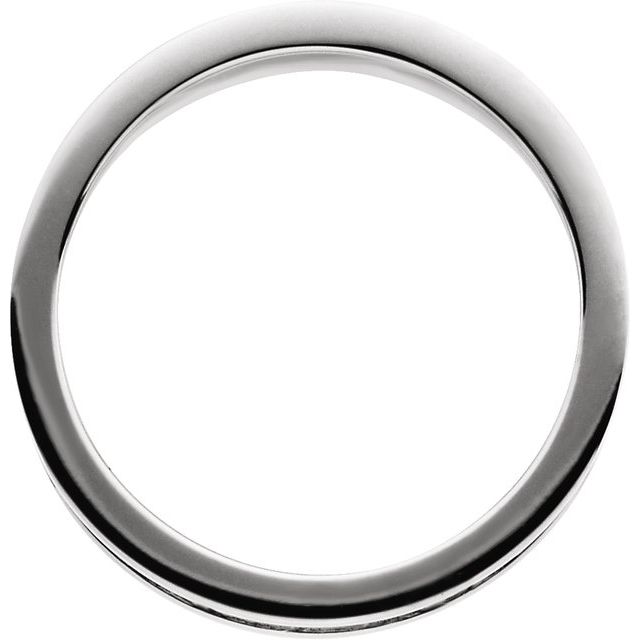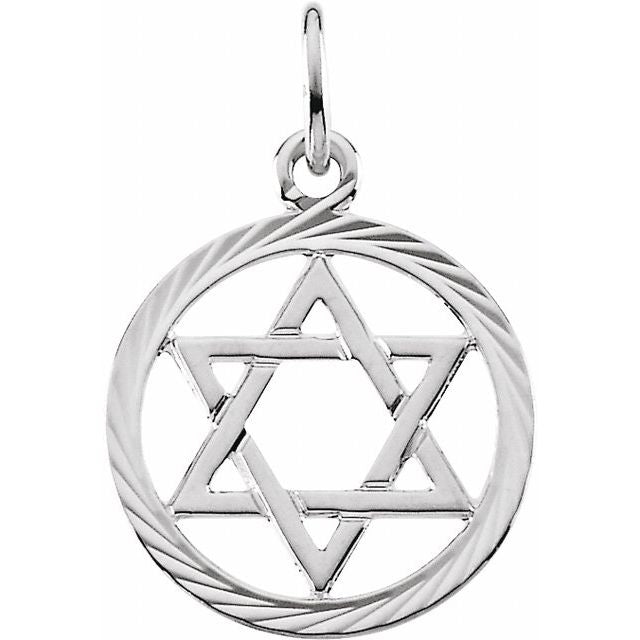DIY Silver and Gold Polishing Tips to Restore Shine

There's something magical about the way silver and gold catch the light. Whether it's your grandmother's antique silver tea set, your wedding band that's lost some of its luster, or that special gold necklace you save for important occasions, precious metals tell our stories. But over time, these cherished items can become tarnished, dulled, and less than spectacular. The good news? You don't need expensive professional cleaning or harsh chemicals to bring back that beautiful shine. Right in your own home, with ingredients you probably already have, you can restore your precious metals to their former glory.
In this comprehensive guide, we'll explore the science behind tarnish, dive into effective DIY methods for both silver and gold, look at preventative measures to keep your items shining longer, and address some common questions about caring for these precious items. So roll up your sleeves—it's time to bring back that shine!
Understanding Tarnish: The Enemy of Shine
Before we jump into cleaning solutions, let's understand what we're fighting against. Tarnish isn't just dirt—it's actually a chemical reaction happening on the surface of your precious metals.
Silver tarnish occurs when silver reacts with sulfur-containing substances in the air. This creates silver sulfide, which appears as that familiar black or dark gray coating. Hydrogen sulfide gas in the air (from pollution, certain foods, or even wool) is often the culprit. This is why silver stored in kitchens or worn frequently tends to tarnish faster.
Gold, especially pure gold (24 karat), is actually quite resistant to tarnishing. However, most gold jewelry isn't pure gold—it's an alloy mixed with other metals like copper, silver, or zinc to make it more durable. It's these other metals that can react with oxygen, sulfur, and moisture in the air, causing your gold items to lose their shine over time.
Understanding this chemistry helps us approach cleaning more effectively. We're not just removing a layer of dirt—we're actually reversing a chemical reaction. Pretty cool, right?

Essential Supplies for Your Precious Metal Cleaning Kit
Before we get into specific methods, let's gather some supplies. The beauty of DIY polishing is that most of these items are probably already in your kitchen or bathroom:
For silver cleaning:
-
Aluminum foil
-
Baking soda
-
Salt
-
White vinegar
-
Boiling water
-
Soft cloths (microfiber works great)
-
Soft-bristled toothbrush for detailed areas
-
Dish soap (mild, non-abrasive)
-
Lemon
-
Toothpaste (non-gel, basic white toothpaste)
For gold cleaning:
-
Mild dish soap
-
Warm water
-
Soft-bristled toothbrush
-
Soft cloths
-
Baking soda
-
Ammonia (for certain methods)
-
Beer (yes, really!)
-
Seltzer water
Optional but helpful:
-
Cotton gloves for handling
-
Plastic container for soaking
-
Wooden toothpicks for tiny crevices
-
Olive oil (for certain methods)
Having these supplies ready will make your cleaning process much more efficient. Now, let's dive into the methods!

Silver Polishing Methods: From Gentle to Heavy-Duty
The Aluminum Foil Bath: Science to the Rescue
This method is almost magical to watch and relies on a chemical reaction rather than elbow grease. It's particularly effective for heavily tarnished items.
Here's how to do it:
Line a glass dish or bowl with aluminum foil, shiny side up. Boil about 2-3 cups of water. Add 1 tablespoon of baking soda, 1 tablespoon of salt, and 1 tablespoon of white vinegar to the foil-lined container. The mixture will fizz—that's normal! Carefully pour in the boiling water. Gently place your silver items into the solution, making sure they touch the aluminum foil. You'll actually see the tarnish disappear before your eyes as it transfers to the aluminum foil.
Let the items sit for 5-10 minutes, depending on how tarnished they are. Remove with tongs if the water is still hot, rinse thoroughly with clean water, and dry immediately with a soft cloth.
What's happening here? It's an ion exchange. The sulfur atoms in the silver sulfide (tarnish) are more attracted to the aluminum than to the silver. The salt and baking soda facilitate this exchange. The tarnish literally transfers from your silver to the aluminum foil!
Baking Soda Paste: The Gentle Scrub
For items with light tarnish or detailed pieces where the foil method isn't practical, a baking soda paste works wonders.
Mix three parts baking soda with one part water to create a paste. Apply this paste to your silver using a soft cloth or your fingers, rubbing gently in a back-and-forth motion (not circular, as this can highlight fine scratches). For intricate areas, use a soft toothbrush. Rinse thoroughly with warm water and dry immediately with a clean, soft cloth.
This method is gentle enough for most silver items but still effective at removing light to moderate tarnish.
The Lemon-Salt Method: Citrus Power
Lemon's natural acidity makes it excellent for cleaning silver. Cut a lemon in half and sprinkle salt on the cut surface. Use this as your cleaning "tool," rubbing it over your silver items. The acid in the lemon combined with the mild abrasiveness of the salt works to remove tarnish. Rinse thoroughly afterward and dry immediately.
This method smells great and is particularly good for smaller silver items like jewelry.
Toothpaste Technique: Not Just for Teeth
Plain white toothpaste (not gel) contains mild abrasives that can polish silver effectively. Apply a small amount to a soft cloth and gently rub it onto your silver in a back-and-forth motion. Rinse thoroughly and dry.
This method is best for items with light tarnish, as toothpaste can be slightly abrasive. Avoid using it on heavily antiqued or detailed silver pieces where the dark patina in crevices is intentional.
Ketchup Surprise: The Acidic Alternative
Believe it or not, ketchup's acidity makes it effective for cleaning silver. Apply ketchup to tarnished areas, let it sit for 5-10 minutes, then rinse and buff dry. This works particularly well for smaller items with moderate tarnish.
The vinegar and tomato acids in ketchup dissolve tarnish, while the slight texture helps with gentle scrubbing action.
Gold Polishing Methods: Bringing Back the Gleam
Soap and Water: Sometimes Simple is Best
For gold jewelry that's just lost its shine from everyday wear, a simple soap bath often does the trick. Fill a small bowl with warm (not hot) water and add a few drops of mild dish soap. Let your gold items soak for about 15-20 minutes. Use a soft-bristled toothbrush to gently clean any crevices or settings. Rinse thoroughly with clean water and pat dry with a soft cloth.
This method is gentle enough for most gold jewelry, including pieces with gemstones.
Baking Soda for Deeper Cleaning
For gold that needs a bit more cleaning power, baking soda comes to the rescue again. Make a paste with baking soda and a small amount of water. Apply this paste to your gold jewelry using a soft cloth or soft toothbrush, gently working it into any detailed areas. Rinse thoroughly and dry completely.
This method is particularly good for textured gold pieces where dirt can get trapped in tiny crevices.
The Beer Bath: An Unexpected Solution
This might sound strange, but flat beer can be used to restore shine to gold jewelry! The mild acids in beer help dissolve dirt and tarnish. Simply pour a small amount of beer (it doesn't need to be fresh—flat is fine) into a glass and soak your gold items for a few minutes. Remove, rinse thoroughly with water, and dry with a soft cloth.
This method works best for solid gold items without gemstones or pearls.
Seltzer Water Sparkle
The carbonation in seltzer water can help loosen dirt and oil from gold jewelry. Place your gold items in a glass of seltzer water for a few minutes. The bubbles will work their way into crevices, helping to dislodge trapped dirt. Remove, rinse with clean water, and dry thoroughly.
This gentle method is perfect for regular maintenance cleaning of your gold pieces.
Ammonia Solution: The Power Cleaner
For heavily soiled gold jewelry, a diluted ammonia solution can work wonders. Mix 6 parts water to 1 part ammonia. Soak your gold items for no more than 1 minute, then rinse thoroughly and dry.
Important caution: Never use this method on gold that contains pearls, opals, emeralds, or other porous gemstones. The ammonia can damage these delicate materials. Also, ensure good ventilation when working with ammonia.
Special Considerations for Different Types of Jewelry
Gemstone Jewelry: Proceed with Caution
When cleaning jewelry with gemstones, always research the specific stone first. Some stones (like pearls, opals, emeralds, and turquoise) are porous and can be damaged by soaking or certain cleaning solutions. For these pieces, use only a damp cloth with mild soap, and avoid soaking.
Diamonds, sapphires, and rubies are generally more durable and can withstand most gentle cleaning methods mentioned above. However, always err on the side of caution.
Antique and Heirloom Pieces: Preserving History
Antique silver and gold often have intentional patina or oxidation that adds to their character and value. Aggressive cleaning can actually decrease their worth! For these special pieces, consider consulting with a professional before attempting DIY cleaning.
If you do clean them yourself, use only the gentlest methods (like the soap and water approach), and avoid anything abrasive. Sometimes, it's better to have slightly tarnished antiques than to risk damaging their historical finish.
Plated Items: Handle with Extra Care
Silver-plated and gold-plated items require special attention. The plating is typically quite thin, and aggressive cleaning can wear it away, exposing the base metal underneath.
For these items, avoid abrasive methods entirely. Stick to gentle soap and water cleaning, and dry thoroughly. The aluminum foil method is generally safe for silver-plated items but use it sparingly.
Preventative Measures: Keeping the Shine Longer
Proper Storage Makes a Difference
How you store your precious metals significantly affects how quickly they tarnish:
For silver, anti-tarnish bags or cloth are worth the investment. These are treated with chemicals that absorb sulfur compounds before they can reach your silver. Alternatively, wrap pieces individually in acid-free tissue paper or unbleached cotton.
Keep silver away from rubber bands, latex, wool, and certain paints, all of which can accelerate tarnishing.
For gold, store pieces separately to prevent scratching. Small jewelry boxes with separate compartments are ideal. For necklaces, hanging storage prevents tangling and reduces wear on chains.
Regular Wear is Actually Good
Ironically, silver that's worn regularly often tarnishes less than pieces stored away. The natural oils in your skin help keep silver looking bright. So don't save your silver only for special occasions—enjoy it regularly!
The same applies to gold jewelry. Regular wear helps prevent the buildup of oils and dirt that can dull its appearance over time.
Quick Maintenance Tips
Develop these habits to keep your precious metals looking their best:
Remove jewelry before swimming, bathing, or using household cleaners. Chlorine, in particular, can damage both silver and gold over time.
Wipe down your silver and gold items with a soft cloth after wearing them to remove oils, perfumes, and everyday dirt before they have a chance to build up.
Apply lotions, perfumes, and hairsprays before putting on your jewelry. These products can contain chemicals that accelerate tarnishing or build up on metal surfaces.
Consider an occasional professional cleaning for your most precious pieces, especially those with intricate details or valuable gemstones.
Frequently Asked Questions About Metal Polishing
Is it safe to clean silver that has gemstones?
It depends on the gemstone. Hard stones like diamonds and sapphires can generally withstand most gentle cleaning methods. However, porous stones like pearls, opals, and turquoise should never be soaked or exposed to chemicals. For these pieces, use only a damp cloth with mild soap, focusing on the metal parts.
How often should I polish my silver and gold?
For items you use regularly, like everyday jewelry or silverware, cleaning when you notice dulling is sufficient—perhaps every few months. For display pieces or items used occasionally, 1-2 times per year is typically enough. Over-cleaning, especially with abrasive methods, can wear down the metal over time.
Can these methods damage my precious metals?
When used correctly, these gentle DIY methods should not damage your silver or gold. However, abrasive methods (like baking soda pastes) should be used sparingly. The aluminum foil method for silver is actually less abrasive than commercial silver polishes, as it uses a chemical reaction rather than physical scrubbing to remove tarnish.
What about commercial metal polishes?
Commercial silver and gold polishes can be effective but often contain harsh chemicals. If you choose to use them, follow the directions carefully, use in a well-ventilated area, and keep them away from children and pets. Many people find that DIY methods are just as effective, less expensive, and more environmentally friendly.
My grandmother said to use silver every day. Was she right?
Yes! Regular use of silver actually helps prevent tarnish. The friction from use and washing keeps the microscopic pores in the silver's surface clean and less likely to react with sulfur in the air. This is why frequently used silverware often tarnishes less than display pieces.
When to Seek Professional Help
While DIY methods are great for routine cleaning, there are times when professional help is warranted:
For valuable antiques where you're unsure about the proper cleaning method.
For pieces with significant tarnish that doesn't respond to gentle DIY methods.
For jewelry with delicate gemstones or complicated settings.
For repairs, such as broken chains, loose stones, or damaged clasps.
Professional jewelers and silversmiths have specialized tools and solutions that can safely clean even heavily tarnished or delicate pieces. The cost is often worth it for items with sentimental or monetary value.
The Joy of Restoration
There's something deeply satisfying about restoring the shine to a tarnished piece of silver or gold. Beyond the practical benefits, it's a way of honoring the history and craftsmanship of these items. Whether it's your great-grandmother's silver teapot or a gold bracelet you treat yourself to, these precious metals connect us to traditions, celebrations, and special moments.
The next time you notice your favorite silver or gold pieces looking a bit dull, don't reach for harsh commercial cleaners or resign yourself to the tarnish. Try these gentle, effective DIY methods instead. With just a little time and some common household ingredients, you can bring back that magical shine and continue to enjoy these special items for years to come.
Remember, the most beautiful silver and gold pieces aren't necessarily the ones that are perfectly polished and stored away for special occasions. They're the ones that are loved, used, and woven into the fabric of our everyday lives—developing character and telling stories along the way.
References
Smithsonian Institution. "Care of Silver." https://www.si.edu/mci/english/learn_more/taking_care/silver.html
American Museum of Natural History. "Caring for Gold and Silver Objects." https://www.amnh.org/research/natural-science-collections-conservation/general-conservation/care-of-objects
The Spruce. "How to Clean Silver Naturally." https://www.thespruce.com/how-to-clean-silver-naturally-1900456
Jewelers of America. "Jewelry Care Guide." https://www.jewelers.org/ja/consumers/jewelry-care-guide
Chemistry World. "The Chemistry of Silver Tarnish." https://www.chemistryworld.com/news/chemistry-in-its-element-silver/3005920.article
Scientific American. "Why Does Silver Tarnish?" https://www.scientificamerican.com/article/why-does-silver-tarnish/



